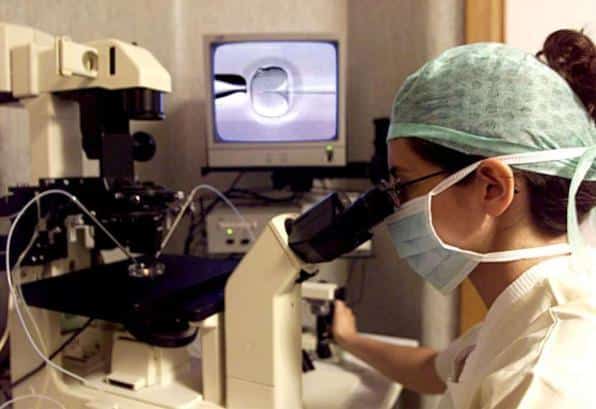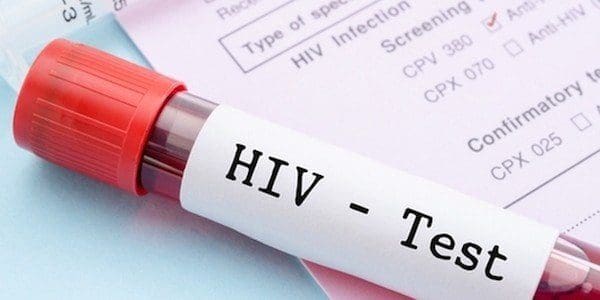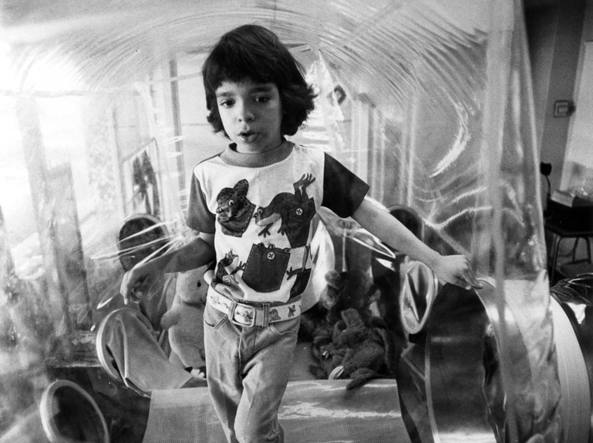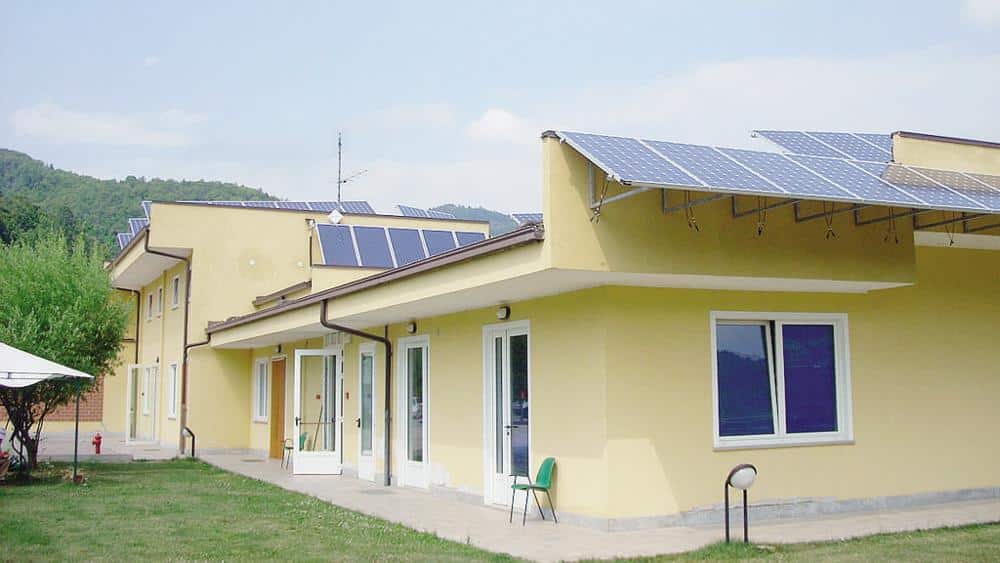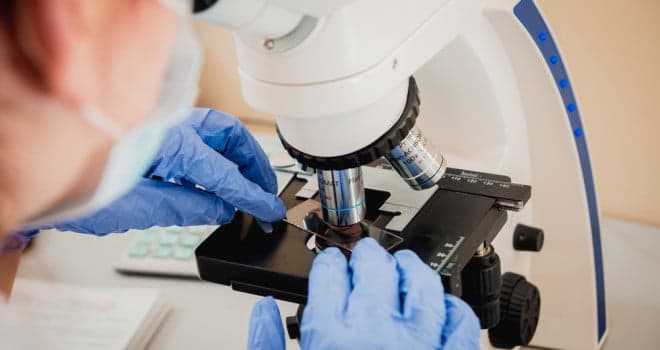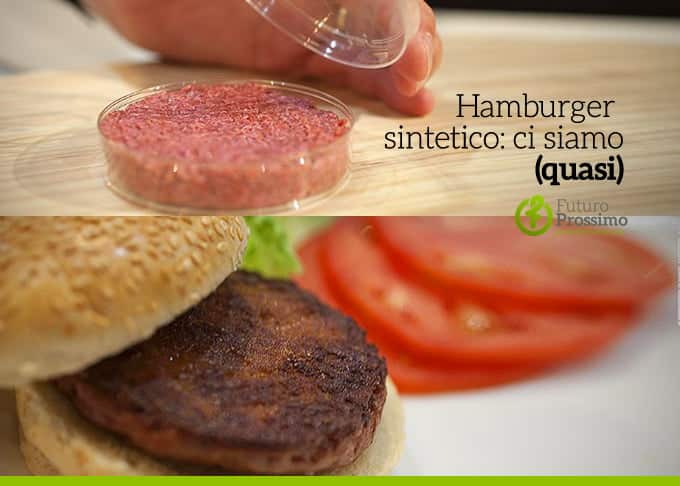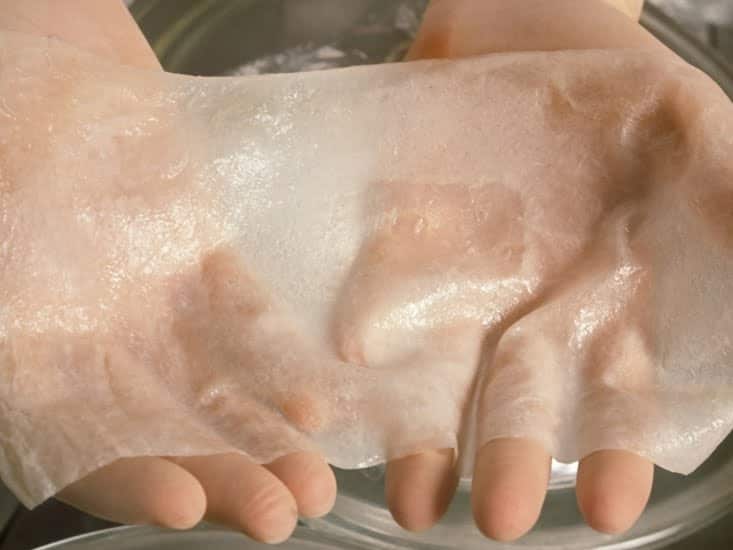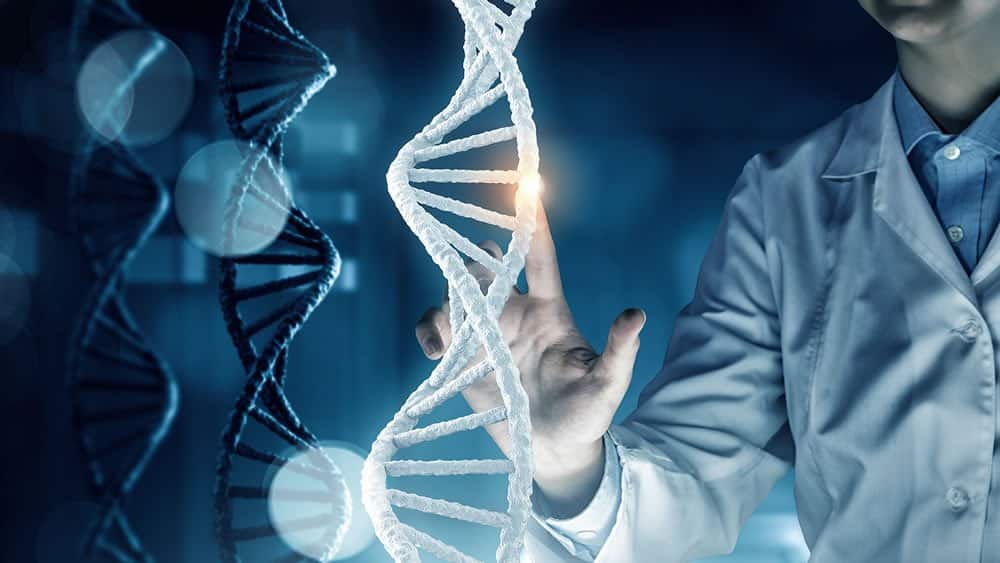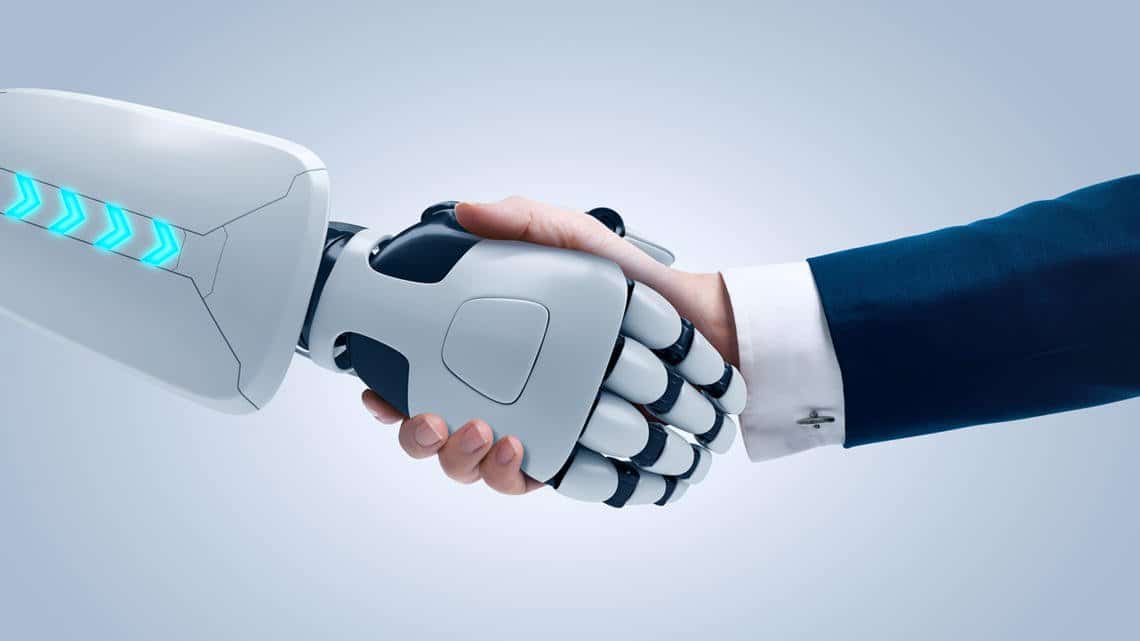Mice were born without a "mom"
It is always said that fathers are no longer useful, that children can now be conceived even without a man, but apparently this time science has made further progress. In fact, the first #mice were born from embryos formed without the need for sperm and egg to come into contact. The study, published in the journal Nature Communication, shows how the sperm did not fertilize the egg cell but 'drafts' of embryos. The great result was obtained at the British University of Bath, … Read more
